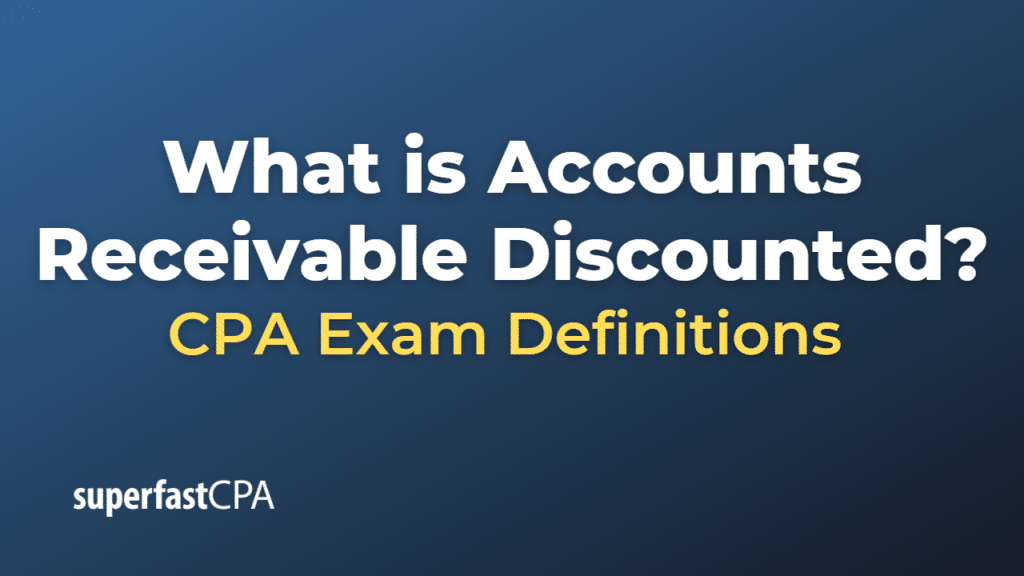Accounts Receivable Discounted
Accounts receivable discounted, also known as factoring or accounts receivable financing, is a financial arrangement where a company sells its accounts receivable (invoices) to a third party, called a factor, at a discounted rate in exchange for immediate cash. This allows the company to improve its cash flow without waiting for customers to pay their outstanding invoices.
In this arrangement, the factor assumes the responsibility of collecting the outstanding receivables from the company’s customers. There are generally two types of factoring: recourse and non-recourse.
- Recourse factoring: In this type of factoring, if the factor is unable to collect payment from the company’s customers, the company is responsible for repaying the factor for the uncollected invoices. This type of arrangement typically has lower fees since the factor has less risk.
- Non-recourse factoring: In non-recourse factoring, the factor takes on the risk of non-payment by the company’s customers. If the factor is unable to collect payment, the company is not responsible for repaying the factor for the uncollected invoices. This type of arrangement typically has higher fees due to the increased risk for the factor.
Companies often use accounts receivable discounted as a means to improve their cash flow, especially when they have a longer cash conversion cycle or their customers have extended payment terms. However, the cost of factoring, which includes fees and the discount rate, can be higher than other financing options, so companies should carefully consider the benefits and costs before engaging in this type of arrangement.
Example of Accounts Receivable Discounted
Let’s consider a fictional company called “DesignPro,” which provides graphic design services to various clients. DesignPro often faces cash flow issues due to its clients taking 30 to 60 days to pay their invoices. To improve its cash flow, DesignPro decides to use accounts receivable discounted (factoring) for some of its outstanding invoices.
DesignPro has the following outstanding invoices:
Invoice 1: $15,000 due in 30 days Invoice 2: $20,000 due in 45 days Invoice 3: $10,000 due in 60 days
Total outstanding invoices: $45,000
DesignPro contacts a factoring company and agrees to sell these invoices at a 5% discount rate. The factoring company will provide DesignPro with immediate cash, less the discount and any fees associated with the transaction.
Here’s how the factoring process works for DesignPro:
- DesignPro sells the outstanding invoices totaling $45,000 to the factoring company.
- The factoring company applies the 5% discount rate, which amounts to $2,250 ($45,000 x 0.05).
- The factoring company may also charge additional fees, such as a processing fee. For this example, let’s assume a processing fee of $500.
- The factoring company provides DesignPro with immediate cash of $42,250 ($45,000 – $2,250 – $500).
Now, DesignPro has improved its cash flow by receiving immediate funds, while the factoring company takes over the responsibility of collecting payments from DesignPro’s clients.
It’s essential to note that the discount rate and fees may vary depending on the factoring company, the creditworthiness of DesignPro’s clients, and the specific factoring arrangement (recourse or non-recourse). DesignPro should carefully weigh the costs and benefits of factoring before entering into such an arrangement.













